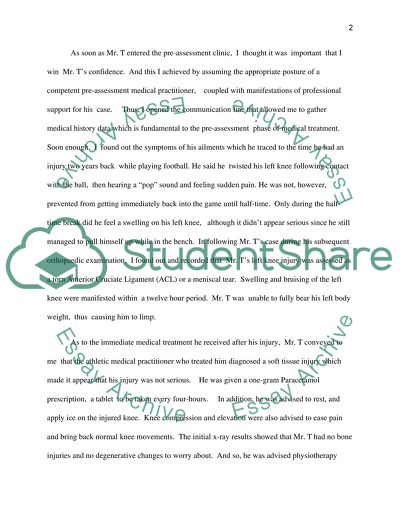Cite this document
(“Reflective Account Number 1 - Driscoll's (1994) What Model of Essay”, n.d.)
Retrieved from https://studentshare.org/psychology/1423962-reflective-account-number
Retrieved from https://studentshare.org/psychology/1423962-reflective-account-number
(Reflective Account Number 1 - Driscoll'S (1994) What Model of Essay)
https://studentshare.org/psychology/1423962-reflective-account-number.
https://studentshare.org/psychology/1423962-reflective-account-number.
“Reflective Account Number 1 - Driscoll'S (1994) What Model of Essay”, n.d. https://studentshare.org/psychology/1423962-reflective-account-number.


